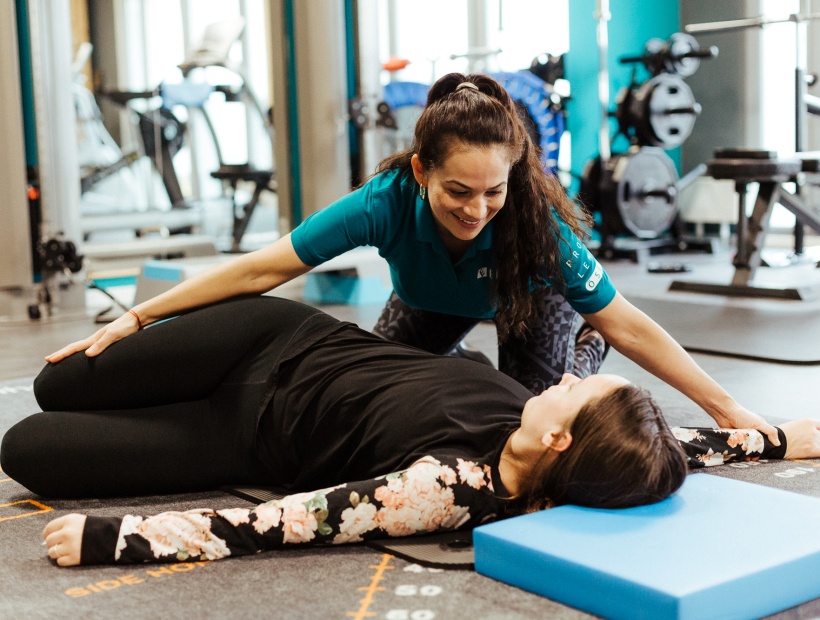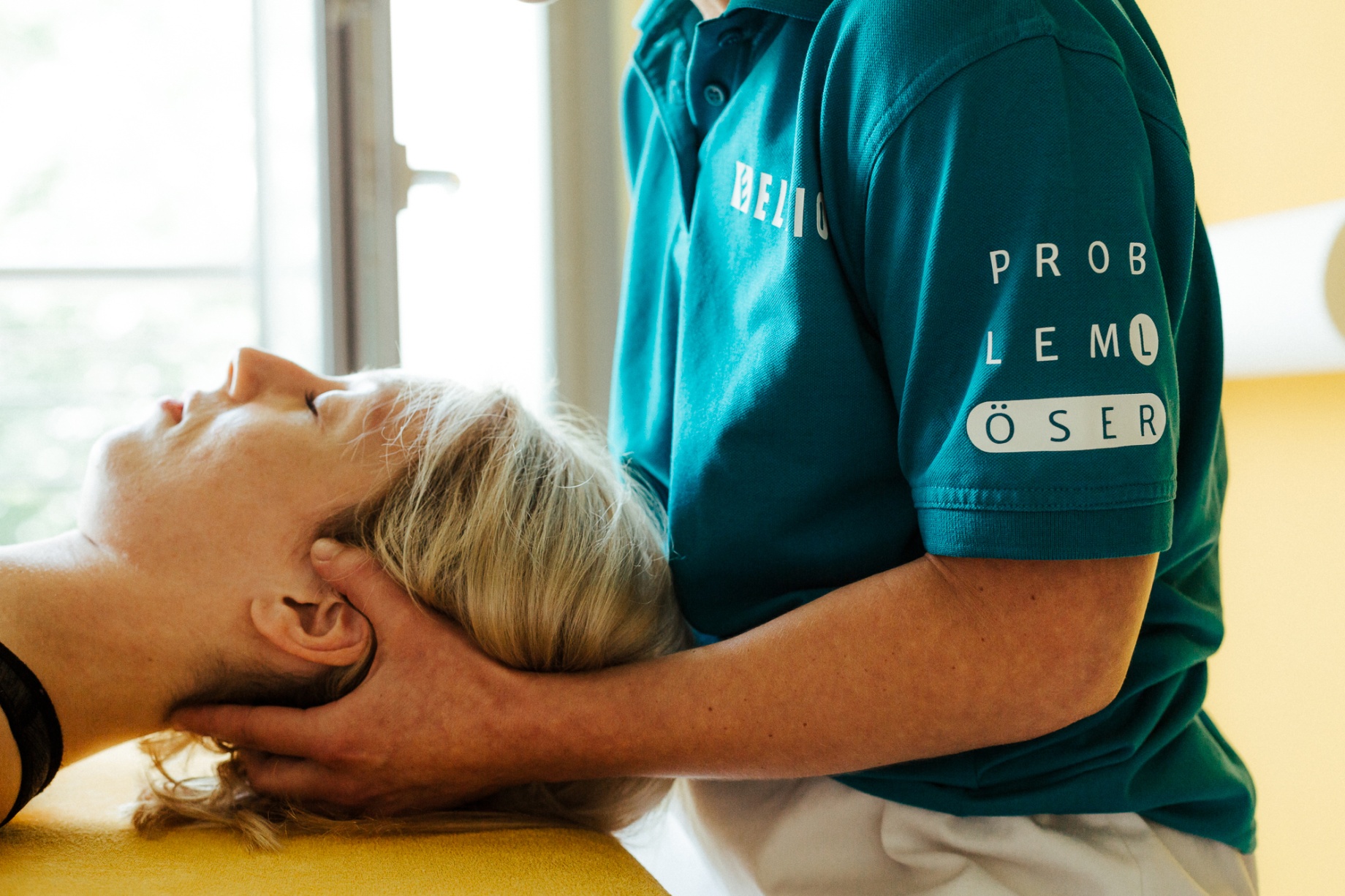
Book now
-
Phone
-
WhatsApp
-
Online via Doctolib
ELYSIO – Practice for physiotherapy in Berlin-Charlottenburg
in the Sana Gesundheitszentrum, 3rd floor
Directions
Typical migraine headaches are throbbing headaches that occur in attacks, usually affect only one side of the head and mainly the eyes, forehead and temples, and are made worse by movement. The pain is accompanied by symptoms such as loss of appetite, nausea, and sensitivity to light or noise. Sometimes the pain is preceded by what is called an aura, in which symptoms such as blurred vision herald a subsequent headache.
In order to stop or avoid attacks quickly, it is important to take the right medication in the correct dosage at an early stage and to carry out the necessary physiotherapeutic treatment. Therefore, migraine sufferers should seek the advice of a physician before treatment. Preventive treatment is also available for frequent attacks.
Migraine is a common condition, with about seven percent of men and 13 percent of women experiencing migraine attacks. Migraine attacks occur most frequently between the ages of 35 and 45. At this age, about three times more women are affected than men. One in five women suffers from migraines at some point in her life. Children of school age can also suffer from migraines, but typically the first onset occurs after puberty. Migraine runs in families. This is based on a genetic predisposition to migraine, which has now also been proven for some forms.

There are many known types of migraine. The most common headache attacks occur without an aura. This type of migraine occurs in about 80 percent of cases. A migraine with a headache aura is preceded by certain symptoms. For example, tingling, visual disturbances, speech disorders, dizziness or, rarely, even paralysis may occur. Other symptoms are also possible in certain forms of migraine.
Migraine usually occurs episodically with single headache attacks and a clear preponderance of headache-free days. When attacks become more frequent and days with headaches eventually become more frequent than days without, doctors refer to the condition as chronic migraine. Research shows that physical therapy can minimize the frequency, duration and intensity of migraine attacks. However, physical therapy should be performed over a longer period of time, ideally during the asymptomatic phase rather than during an attack.
Treatment is selected individually for the patient. Depending on symptoms, concomitant diseases, type and cause of migraine, different interventions are offered. In all cases, however, advice on sufficient exercise, relaxation techniques and a healthy lifestyle play an important role.
So-called “multimodal therapy approaches include exercise, nutritional counseling, behavioral therapy, relaxation techniques or biofeedback therapy. In addition to drug therapy, alternative therapies such as herbs or fragrances can also provide relief.
In both osteopathy and physiotherapy, a detailed medical history is taken at the first appointment. The musculoskeletal system (muscles, bones, face), the visceral department (organ department) and the craniosacral department (fluids – neurological connections) are examined. Attention should be paid to anomalies in individual areas as well as to the connections between anomalies. In therapy, one then speaks of ascending or descending chains, which can result from this and thus belong to the migraine triggers.
For example, muscle tension of the spine occurs in many migraine patients. Tension states can not only reduce blood flow to the muscles, but also restrict mobility in the area of the upper cervical spine at the transition to the upper cervical joints, as well as the entire thoracic spine.
High muscle tone (muscle tension) decreases blood flow to the small blood vessels of the muscles, which negatively affects the absorption of nutrients and the elimination of waste products, and muscle tone continues to increase. This leads to painful myogeloses (tension knots).